Transverse-awned muscle
Transverse-awned muscle , m. Transversospinal, covered by m. Erector spinae and fills along the entire vertebral column a depression between the spinous and transverse processes. Relatively short muscle bundles have an oblique direction, are transferred from the transverse processes of the underlying vertebrae to the spinous processes of the overlying ones. In terms of the length of the muscle beams, i.e., the number of vertebrae through which the muscle bundles are transferred, three parts are distinguished in the transverse-awned muscle: a) a semi-oval muscle whose fascicles are thrown across 5-6 vertebrae or more; It is located more superficially; B) multi-dividing muscles, the beams of which are transferred through 2-4 vertebrae; They are covered with a semi-oval muscle; C) muscle-rotators, the beams of which occupy the deepest position and are attached to the spinous process of the overlying vertebra or are transferred to the next overlying vertebra.

A) Semi-vascular muscle, m. Semispinalis, is topographically divided into the following parts:
Semi-vascular muscle of the breast, m. Semispinalis thoracis, located between the transverse processes of the six lower and spinous processes of the seven upper thoracic vertebrae; With each beam being transferred through five to seven vertebrae;

Semisweet neck muscle, m. Semispinalis cervici, lies between the transverse processes of the upper thoracic and the spinous processes of the six lower cervical vertebrae. Her bundles are thrown across two to five vertebrae;
Semi-vascular muscle of the head, m. Semispinalis capitis, lies between the transverse processes of the five upper thoracic vertebrae and 3-4 lower cervicalis on one side and the nuchal area of the occipital bone, on the other. In this muscle, the lateral and medial parts are distinguished; The medial part in the muscle abdomen is interrupted by a tendon jumper.
Function: with the reduction of all the bundles, the muscle extends the upper parts of the spinal column and pulls the head backward or holds it in the upturned position; With one-sided reduction there is a slight rotation.
Innervation: rr. Dorsales nn. Spinales (CII-CV; ThI-ThXII).
B) Partitioned muscles, mm. Multifidi, covered with semi-oval, and in the lumbar region - with the lumbar part of the longest muscle. Bunches of muscles are located throughout the spinal column between the transverse and spinous processes of the vertebrae (up to the 2nd cervical spine), moving through 2, 3 or 4 vertebrae.

Muscle bundles start from the posterior surface of the sacrum, posterior segment of the iliac crest, mastoid processes of the lumbar, transverse processes of the thoracic and articular processes of the four lower cervical vertebrae; Terminate on the spinous processes of all vertebrae, except for the atlant.
Innervation: rr. Dorsales nn. Spinales (CII-SI).
C) Muscles-rotators, mm. Rotatores, are the deepest part of the transverse-awned muscles and topographically divided into the rotators of the neck. Mm. Rotatores cervicis, breast rotators, mm. Thoracis rotators, and waist rotators, mm. Rotatores lumborum.

They start from the transverse processes of all the vertebrae, except the atlas, and from the mastoid processes of the lumbar vertebrae. Throwing through one vertebra, attach to the spinous processes of the overlying vertebrae, to the adjacent segments of their arches and to the base of the arcs of adjacent vertebrae.
Function: the transverse-awned muscle with bilateral cuts unbends the vertebral column, and when it is unilateral, it rotates in the direction opposite to the contracting muscle.
Innervation: nn. Spinales (CII-LV).

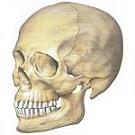
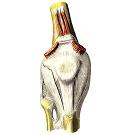
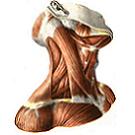
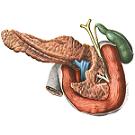
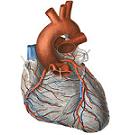
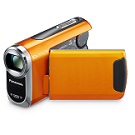
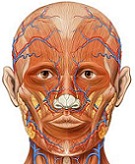

Comments
When commenting on, remember that the content and tone of your message can hurt the feelings of real people, show respect and tolerance to your interlocutors even if you do not share their opinion, your behavior in the conditions of freedom of expression and anonymity provided by the Internet, changes Not only virtual, but also the real world. All comments are hidden from the index, spam is controlled.